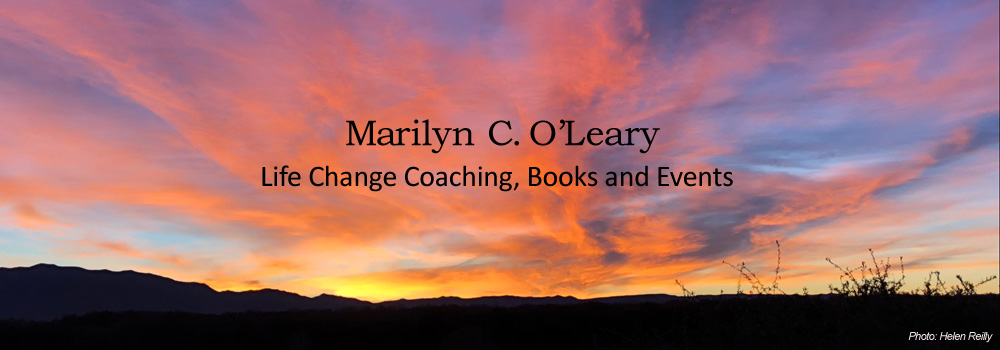This is how to be a martyr. Do something you don’t want to do because someone else wants you or needs you to do it. It helps if they could do it themselves but they don’t. When you’re doing it, adopt the attitude that you are making a sacrifice for someone who probably doesn’t appreciate it, or even care if you do it. Then furrow your eyebrows and make your mouth into a little grim smile that could at any second become a frown. It helps your martyr credentials if you can get a physical pain associated with the work, like a backache. A headache’s OK, too. Now, for the payoff. If you’re lucky, someone will say, “Isn’t she wonderful?,” meaning you. If you’re really good at martyrdom, you will not only do something you don’t want to do, but at the same time, because of it, you will be prevented from doing something you want to do. That’s like winning the daily double.
I did something today that needed to be done and that I had put off doing for three months. It was a nasty job, and I don’t want to talk about it. For various reasons, today was the day to do it. I had just returned from my acupuncture appointment for my back and headaches. When I began the project, I started to feel as if my headache was coming back. Then I thought, “I’m being such a martyr!” The headache goes along with it. I picture myself like a saint burning at the stake, hands tied behind me, flames licking up my sackcloth skirt. No wonder my head hurts.
Being a martyr comes easily to me. I’m not sure where I learned it. I think it’s genetic. I’m not proud of it. There’s hope, though. When you get sick of being a martyr and realize the part of martyrdom that’s true is that people don’t appreciate the extent of your suffering, you can decide to stop. This is not easy. Effective martyr behavior takes years of practice and becomes ingrained. It is like an addiction. So you have to get out the big guns. These are my suggestions for joining the ranks of Recovering Martyrs.
- Say no to others. They will be shocked that you aren’t doing the martyr thing, but they will get over it. They might try to guilt-trip you. Don’t fall for it.
- Say no to yourself. The hardest person to say no to is yourself. You will feel guilty for not doing all the things that make you such a good martyr, and while you’re weaning yourself away from it, if you need to feel bad, go ahead and feel guilty. You’ll still feel a little bad, but you will have more time to yourself.
- Do something nice for yourself. When I finished the icky martyr job I did today, I went into the house and sat down with my favorite crossword puzzle and a glass of lemonade. That felt luxurious.
- Make a list of things you like to do and do them. Start doing those things instead of the martyr activities. You will find this to be more fun.
- Twenty times a day, write “I am a good person.” You will need to rewire the part of your brain that says you’re a bad person for not filling the martyr role. While you’re writing this affirmation, smile. Get rid of that little frown. This activity may also eliminate the lines between your eyebrows. This is easier and cheaper than Botox.
Besides the usefulness of these five steps, I’ve learned to watch out for that little voice that says “You should . . . .” Sometimes it’s right, and I should, like I should fix dinner for my husband when he doesn’t feel well. But most often it’s the voice of the martyr, and I really shouldn’t, like I shouldn’t run for the board of my homeowners’ association after I have already been president twice. I’ve also learned that while there certainly is a payoff to being a martyr (people usually like martyrs if you’re quiet about it), it is seriously outweighed by the cost in headaches, backaches, lines between the forehead, not being able to do what you want, etc. Believe me, having your own life is much better than being burned at the stake.

![images[10]](http://marilynoleary.com/wp-content/uploads/2011/02/images10.jpg)
